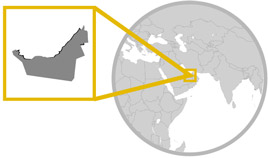Luxembourg’s cuisine style is strongly founded in Germanic and Latin origins but has recently seen influences from both Portugal and Italy come in, but also sees some French dishes integrated into its traditional day-to-day dishes. Due to its geographical location as a landlocked country, seafood is rare at best and instead the dishes tend to use meat sourced from mountainous regions of the country (such as Oesling Ham), agriculturally grown vegetables (such as potatoes, carrots, broad beans, green beans and horse radish), mushrooms, chicken, pork, hare and some fruit (mainly apples). Cheese is also common in the country, as is wheat for bread products and freshwater fish and crustaceans (such as trout, pike and crayfish).
Common dishes incorporating many of these ingredients include Judd Mat Gaardebounen (soaked and smoked pork boiled with broad beans and spices), F’rell Am Reisleck (trout in Riesling sauce), Kriibsen Am Reisleck (crayfish in Riesling sauce), Fritur (small fried fish accompanied by white wine), Coq Au Riesling (chicken simmered in white wine with vegetables, spices and mushroons, served with Riesling sauce), Civet De Lievre (jugged hare), Quenelle (liver dumplings), Traipen (black pudding, often served with apple sauce) and Bouneschlupp (sausages with mashed potatoes and horseradish).
Wine and Beer (mainly Lager) are also produced extensively in Luxembourg and these include wines Pinot Gris, Riesling, Chardonnay, Pinot Blanc, Rivaner, Gewurztraminer, Elbling, Cramant de Luxembourg and Pinot Noir as well as beers Battin, Bofferding, Diekirch and Mousel.


